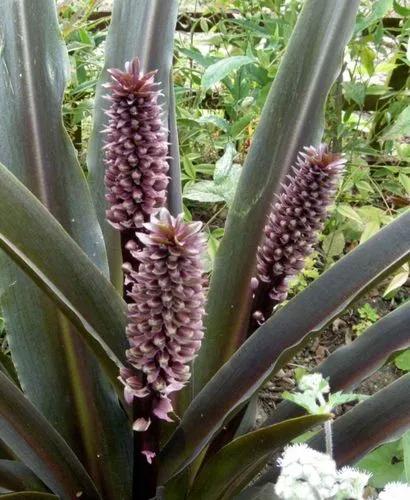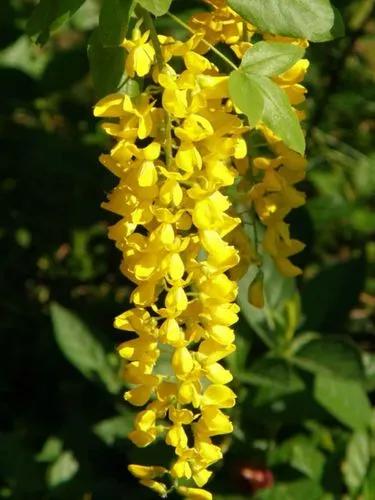Blue Lily Turf is a fantastic option for creating borders or mass plantings for ground cover. With its tufted grass appearance, it adds a touch of evergreen beauty to any area. Plus, it's low-maintenance and can thrive in various locations, making it an easy choice for many gardeners.
Lily Turf Care
Liriope muscari



Liriope muscari is a perennial, evergreen plant that belongs to the Asparagus family. Native to Asia, it grows in forests, at the edges of forests, and on bush edges. This clump-forming plant can reach up to 3.2 feet (1 m) in height and is tolerant of various soil conditions. Its lanceolate leaves are bright green and can turn yellow in the fall, resembling ornamental grass. In late summer to early fall, it produces clusters of purple flowers that attract insects and bees. After flowering, it forms dark blue to black capsule fruits with small seeds.
How to Care for the Plant

Water

The key to watering these flowers is finding the right balance. They don't like being too dry or too waterlogged. After planting, water regularly to keep the top layer of soil slightly damp. Once established, watering can be less frequent, allowing the soil to dry out a bit in between. For the first 3 years, even in the ground, regular watering is crucial due to its shallow root system.

Pruning

You don't have to prune these flowers regularly, but you can cut them back in spring if you want, for example, removing brown and withered parts is enough. If you skip pruning, the young shoots will grow over the old ones but don't prune in autumn, as it can harm the plant's winter survival.

Fertilizer

To keep Liriope muscari healthy, fertilize it every 6 to 8 weeks during the growing season from April to September, except when it's not cut back, in which case fertilize from May or June. Potted plants need more frequent fertilization, about once a month, due to limited nutrient availability in the smaller substrate volume. Stop fertilizing in August to allow the plant to prepare for winter.

Sunlight

Liriope muscari prefers part shade, but they can also tolerate full sun or almost full shade. In warmer climates, some afternoon shade is beneficial. In fact, variegated forms may need sun protection. While Liriope can grow in heavy shade, it may result in slower growth and less showy leaves, and deep shade can cause leggy foliage and slower spreading.

Soil

For optimal growth, these plants prefer well-drained, fertile soils with a slightly acidic to neutral pH of 6.0 to 7.0. It can also tolerate average soils but prefers soil that is low in lime, fresh, and humus-rich. If the garden soil is poor, you can improve it with compost and bark mulch.

Propagation

To propagate this Liriope, you can divide clumps by hand at the roots from late autumn to early spring. Alternatively, you can remove the fleshy coat from seeds and sow them in a propagating mix, keeping them moist in a warm spot for germination. For larger, established plants, a division is best done in late winter when they are near dormant. Remember to cut back the foliage when dividing for optimal results.

Temperature

Blue Lily Turf likes moderate daytime temperatures, around 68-75°F (19-24°C). In colder climates, they may die back in winter, but in warmer areas, they stay evergreen. In the coldest USDA zones, some winter protection may be needed.

Container

Choose a pot with good drainage and put some gravel or clay shards at the bottom. The container should be slightly larger than the flowers to allow for proper growth.

Fun fact

In China, Japan, and Korea, these flowers are thought to bring good fortune and ward off negative energy. They are commonly used in landscaping and gardening in these cultures due to their perceived auspicious qualities.

Popularity

6,716 people already have this plant 745 people have added this plant to their wishlists
Discover more plants with the list below
Popular articles






